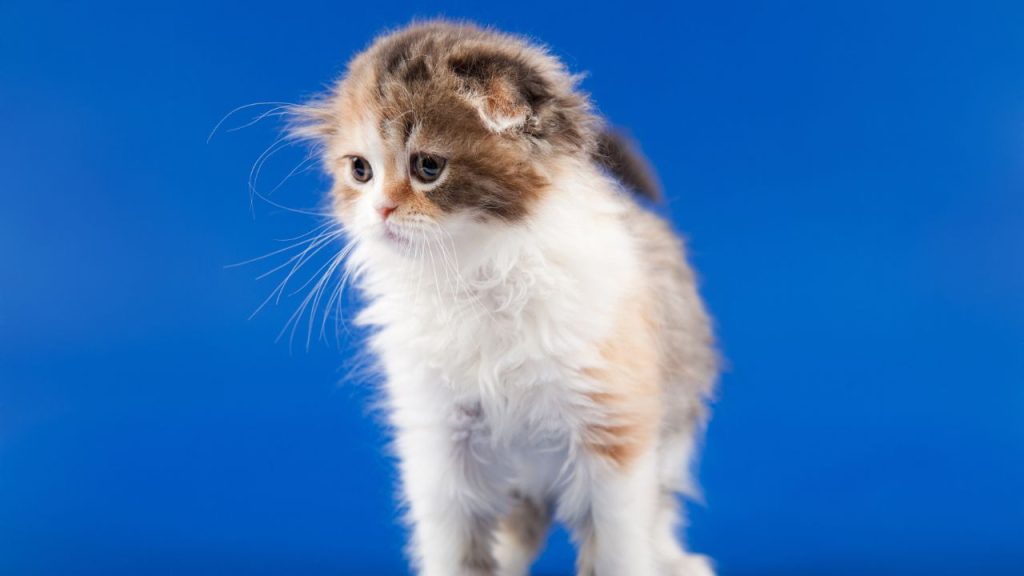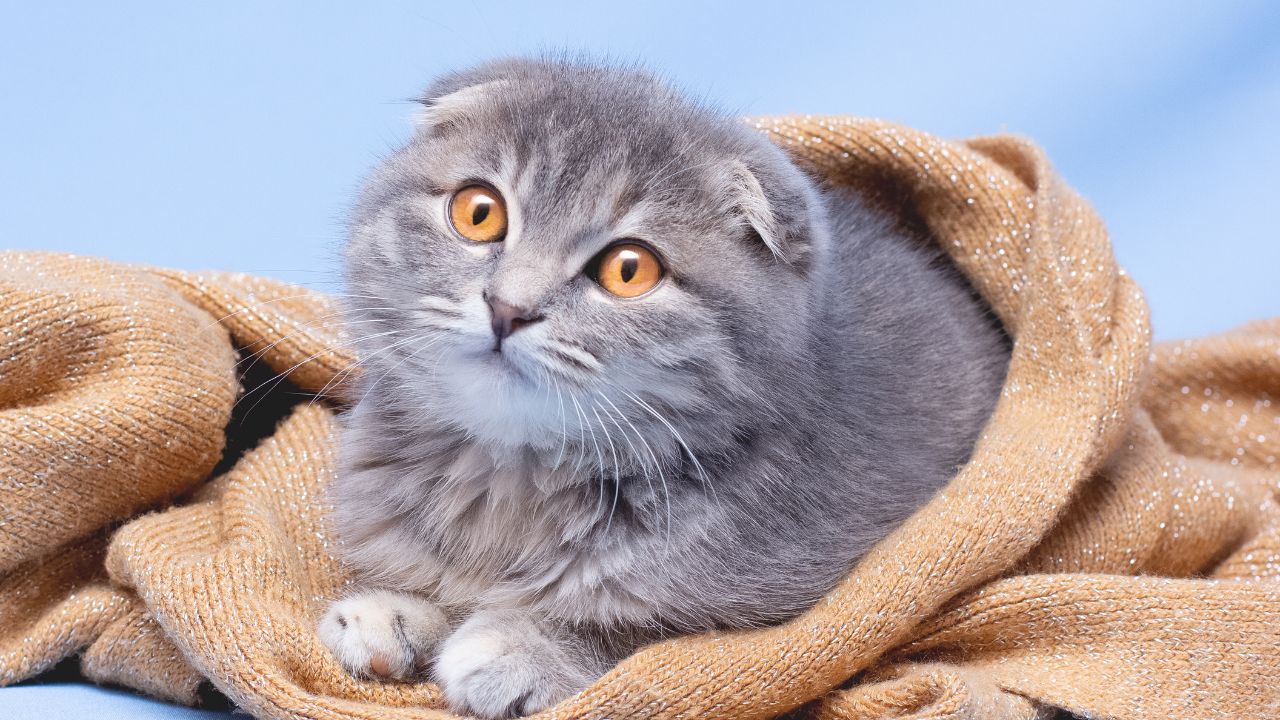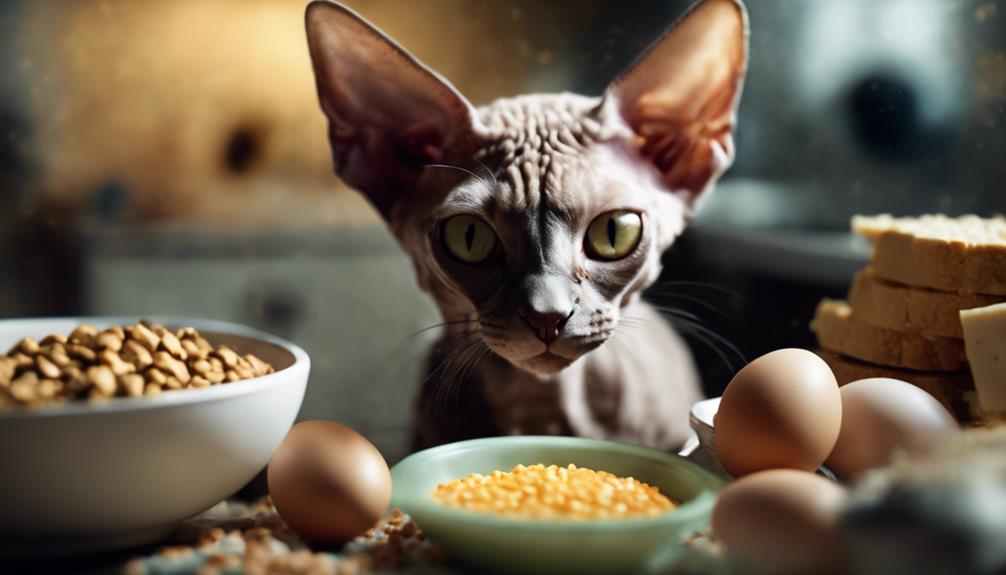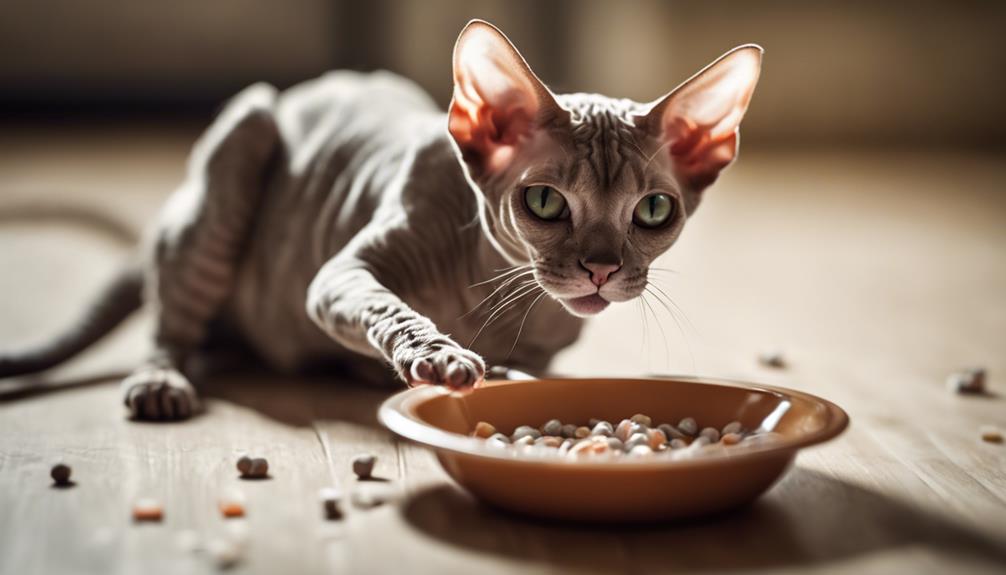Cats are one of the most popular pets in the world, and they come in all shapes, sizes, and colors. Some cats have short ears, which can be a distinguishing feature of their breed. But why do some cats have short ears?
The answer lies in genetics. The shape and size of a cat’s ears are determined by their genes, and some breeds have been selectively bred to have shorter ears. For example, the Scottish Fold is known for its small, folded ears, which are caused by a genetic mutation that affects the cartilage throughout their body. This mutation causes their ears to fold forward, giving them a unique appearance.
Other breeds, such as the American Curl and the Pixiebob, also have shorter-than-average ears that are the result of selective breeding. These cats are bred for their unique appearance, and their short ears are just one of the many characteristics that make them stand out. While short ears may not affect a cat’s health or behavior, they can be a defining feature of their breed and a source of fascination for cat lovers.
Genetics of Ear Length
Like many physical traits, the length and shape of a cat’s ears are determined by their genetic makeup. Certain breeds, such as Scottish Folds, have a genetic mutation that causes their ears to fold forward and appear shorter than other breeds. This mutation affects the cartilage throughout their body, causing the ears to fold forward and give them an owl-like appearance.
Other breeds, such as the American Curl, have a genetic mutation that causes their ears to curl backward, giving them a unique and distinctive look. These cats have a normal ear size, but the curling mutation gives them a shorter appearance.
However, not all cats with short ears have a genetic mutation. Some cats may simply have smaller or more rounded ears due to natural variation within the breed. For example, the Siamese breed typically has larger, more pointed ears, while the Persian breed has smaller, rounder ears.
It’s important to note that while genetics play a significant role in determining ear length, other factors such as nutrition and environment can also impact a cat’s physical appearance. Providing a healthy diet and a safe, comfortable living space can help ensure that your cat develops to their full potential.
Breeds with Short Ears
There are several breeds of cats with short ears. Some of these breeds have naturally short ears, while others have ears that are folded or curled due to genetic mutations. Here are a few examples:
-
Scottish Fold: This breed is probably the most well-known cat breed with short ears. Their ears are folded due to a specific genetic mutation that affects the cartilage throughout their body, which causes their ears to fold forward. Scottish Folds have a unique and distinctive appearance that almost resembles an owl.
-
American Curl: This breed has ears that curl back towards the back of their head. This curling is due to a genetic mutation that affects the cartilage in their ears. American Curls are known for their affectionate and playful personalities.
-
Pixiebob: This breed has short, tufted ears that give them a wild and exotic appearance. They are known for their dog-like personalities and love to play fetch.
-
Toyger: This breed was developed to resemble a miniature tiger. They have rounded ears that are small and set close together on their head. Toygers are known for their outgoing and affectionate personalities.
-
Munchkin: This breed has short legs and a compact body, and their ears are also relatively short. Munchkins are known for their playful and curious personalities.
These are just a few examples of cat breeds with short ears. It’s important to note that while some of these breeds may have unique physical characteristics, they are all still domestic cats and should be treated with love and care.

Environmental Factors
While genetics play a significant role in determining a cat’s ear size, environmental factors can also impact the development of a cat’s ears.
One of the most significant environmental factors that can affect a cat’s ear size is nutrition. Malnutrition during a cat’s early development can lead to stunted growth, including smaller ears. Conversely, a well-balanced diet rich in protein, vitamins, and minerals can promote healthy growth and development, including larger ears.
Another environmental factor that can impact a cat’s ear size is temperature. Studies have shown that kittens raised in colder temperatures tend to have smaller ears than those raised in warmer temperatures. This is because the body prioritizes keeping vital organs warm over the growth of non-essential body parts, such as ears.
Additionally, exposure to loud noises can also impact a cat’s ear development. Prolonged exposure to loud noises can damage the delicate structures within the ear, leading to hearing loss and potentially stunted ear growth.
It’s important to note that while environmental factors can play a role in a cat’s ear size, genetics ultimately have the final say. A cat with a genetic predisposition for small ears may not develop larger ears even with the best nutrition and warmest temperatures.
Other Factors that Affect Ear Length
While genetics play a significant role in determining a cat’s ear length, there are other factors that can affect ear size as well. Here are some of the most common ones:
-
Breed standards: Some cat breeds have specific standards for ear length. For example, the Scottish Fold is known for its small, folded ears, while the Siamese has large, pointed ears. Breeders may select cats with certain ear lengths to meet these standards.
-
Age: A cat’s ears may appear shorter as it ages due to changes in cartilage and connective tissue. This is especially true for cats with longer ears, such as the American Curl.
-
Injuries: Trauma to the ears can cause them to become shorter or malformed. This can happen as a result of fights with other animals, accidents, or even rough play.
-
Disease: Some diseases can affect the growth and development of a cat’s ears. For example, ear infections or mites can cause swelling and damage to the ear tissue, leading to shorter ears.
It’s important to note that while these factors can affect ear length, genetics is still the primary determinant. It’s also worth noting that ear length alone does not necessarily indicate a cat’s health or temperament.




